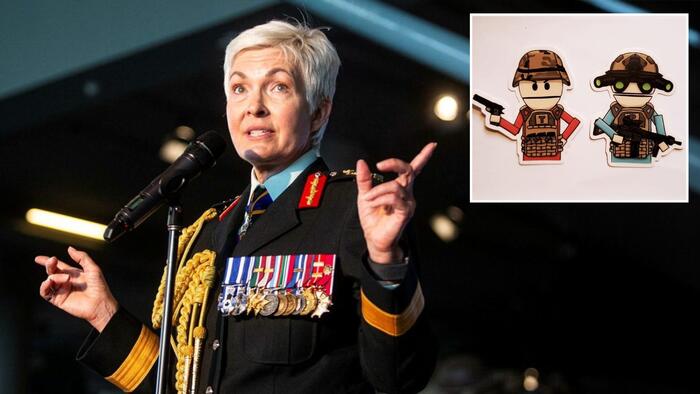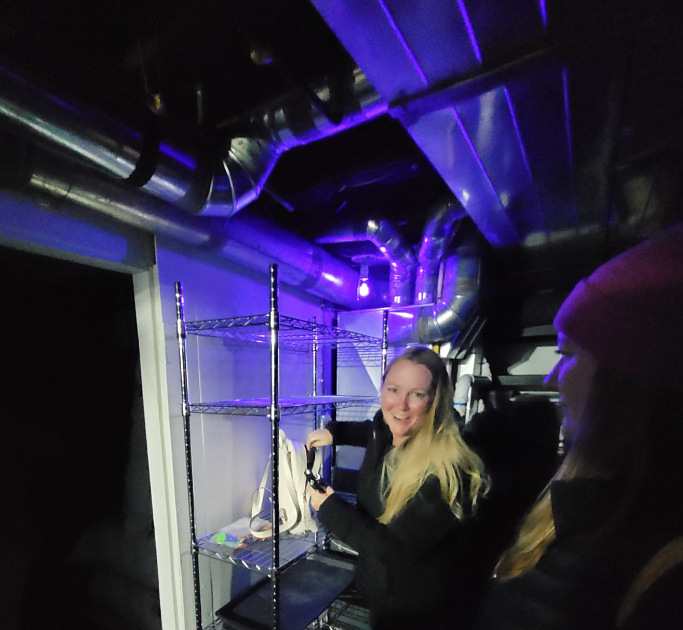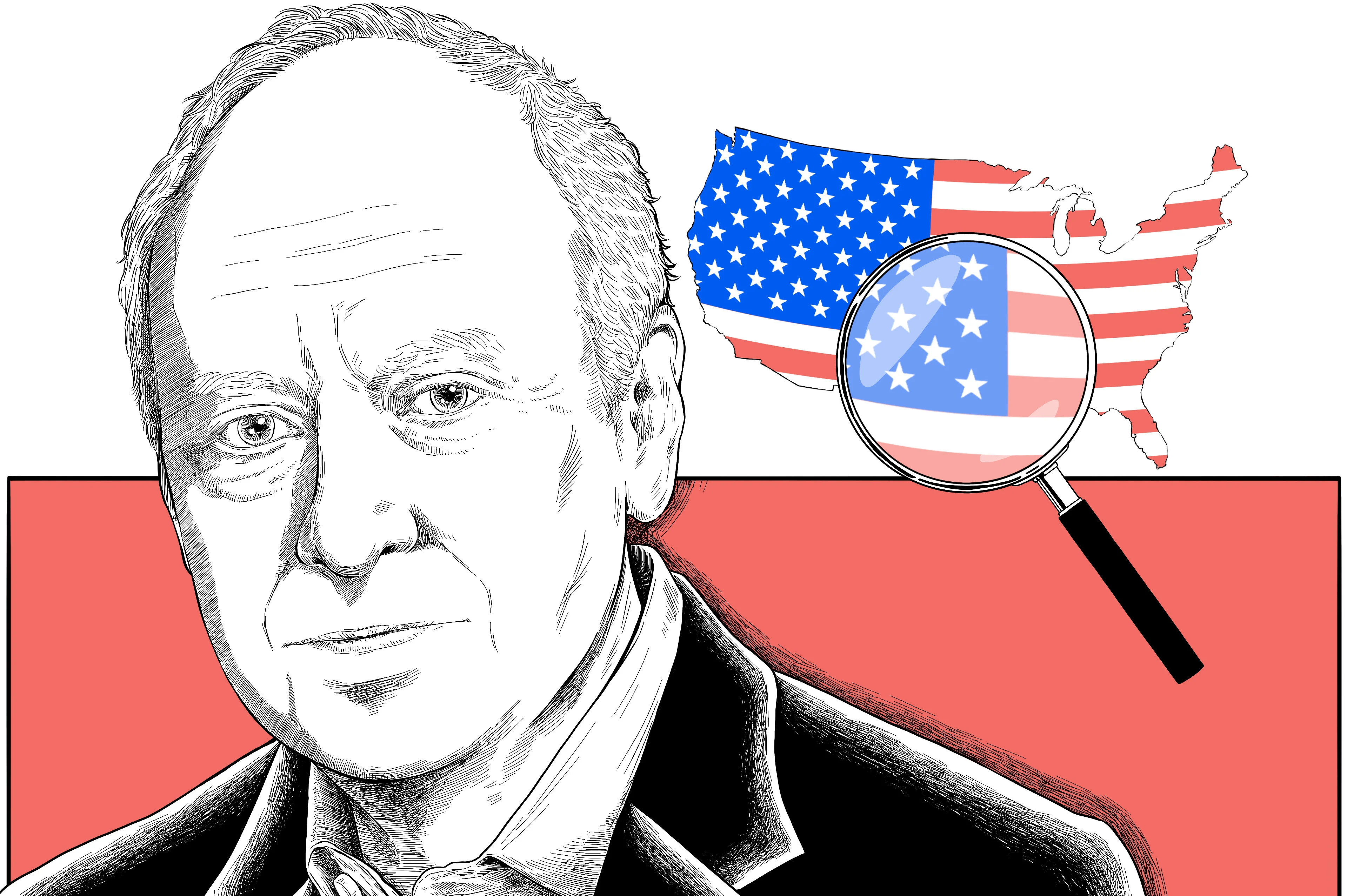Copyright ZeroHedge

The Canadian military is hoping to recruit and train 300,000 public servants as part of a national mobilization plan, according to a directive from their defense department. The plan would call for federal and provincial employees to be given a one-week training course in firearms, flying drones, and driving trucks, according to the directive signed by Chief of Defence Staff Gen. Jennie Carignan and defence deputy minister Stefanie Beck. The public servants would be inducted into the Supplementary Reserve, which is currently made up of inactive or retired members of the Canadian Forces who are willing to return to duty if called. At this point, there are 4,384 personnel in the Supplementary Reserves, but in the case of an emergency, that would be boosted to 300,000, according to the directive from Beck and Carignan. While the supplementary recruiting push will “prioritize volunteer public servants at the federal and provincial/territorial level” the entry standards wouldn’t be strict, according to the nine-page unclassified directive. -Ottawa Citizen "The entry criteria for the Supplementary or other Reserve should be less restrictive than the Reserve Force for age limits as well as physical and fitness requirements," reads the document. Once inducted into the ranks, the public servants would need to do one week per year of military training, but would not be issued uniforms. While they would receive medical coverage in exchange for their annual military service, the week of training would not count toward their pensions, the directive reads. The directive also approves the creation of a "tiger team" (tigers are not native to Canada) - which will work on establishing a Defense Mobilization Plan (DMP) which will examine what changes are needed between government legislation and other factors to allow for such a large addition of Canadians into the military. "Initial planning has begun to explore how the CAF (Canadian Armed Forces) could contribute to greater national resilience, including leveraging increased readiness from an expanded Reserve Force for defence purposes, in times of crisis, or for natural disasters for example," Department of National Defence spokeswoman Andrée-Anne Poulin told the Citizen - though the military wouldn't comment on the timelines for the creation of the mobilization plan despite the fact that this directive was issued in May. The directive would also beef up the Canadian Forces reservists - volunteers who are in current military units that are considered part-time, and are involved in training on a year-round basis. The current reserve force under the directive would jump from 23,561 to 100,000 for the mobilization plan. And again, they have no plan on how to even do this. According Carignan and Beck, the plan requires a Whole of Society (WoS) effort - meaning that all Canadians will need to contribute to the initiative, and that the Privy Council Office would lead a government "approach to population engagement to advance servant culture around sovereignty and public accountability," whatever that means. "Defence will not accomplish the outcome alone, rather it will necessitate shaping, facilitation and engagement with the Privy Council Office, other government departments and agencies as well as socialization with the Canadian public," they added. The so-called 'tiger team' will also consult with Canadian allies, "including Finland which is a recognized leader in this area." Of note, Finland's military is based on conscription - every male citizen aged 18-60 is liable to serve in the military, while women can apply on a voluntary basis (but what is a woman?). After Finnish citizens complete their compulsory full-time military service, they join the reserves - which now has an age limit of 65.



